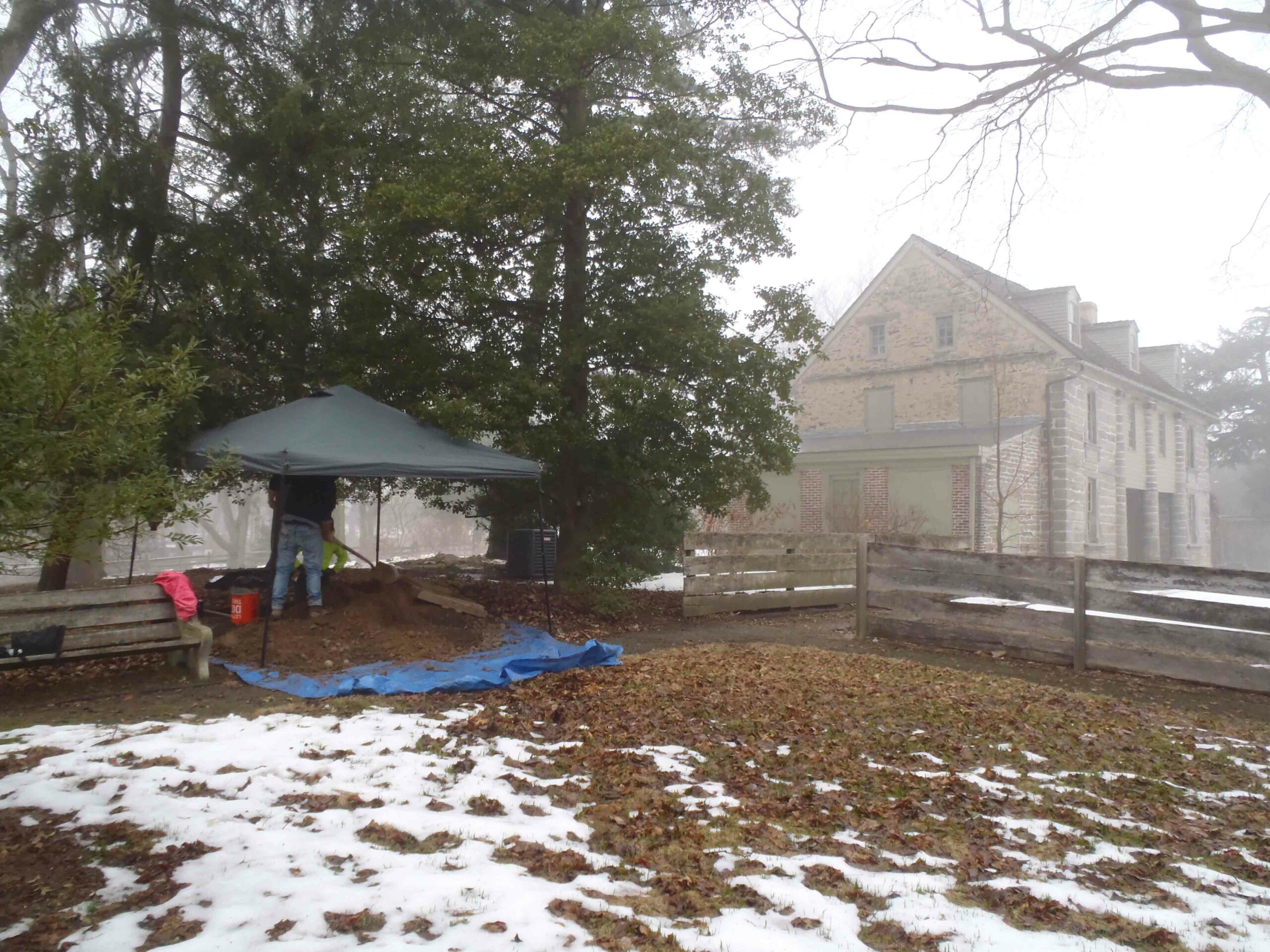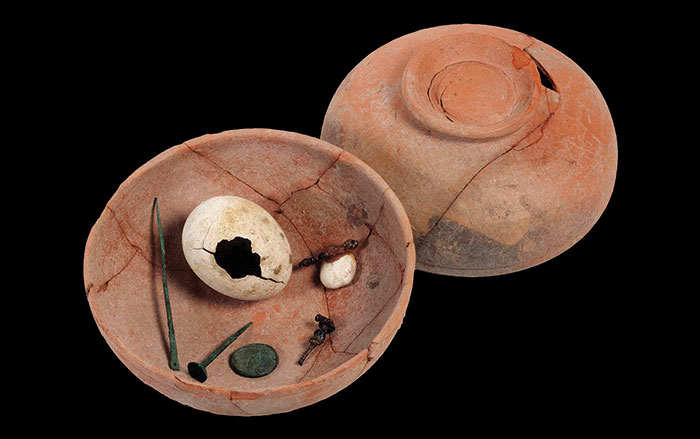
CAIRO, EGYPT—Sarah Parcak of the University of Alabama at Birmingham uses satellite imagery to identify what she calls “hot spots” of organized looting activity in Egypt. “It was really hard before this technology to get a full sense of site damage from looting all over the world. It was one thing to see the pits, but it was really hard to systematically count them. The satellite imagery allows us to track extent of damage at site—not only get a sense of numbers, but also track change to a site over time,” she told The Guardian. That information could help Egyptian officials stop the sale of illegal antiquities before they leave the country. And, in March, Egypt’s minister of state for antiquities, Mohamed Ibrahim Ali, met with officials from the Obama administration to ask for emergency restrictions on the import of antiquities. “The agreement would make us capable of controlling the situation. Many objects are being sold here in the United States,” he said.










